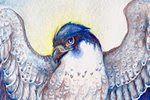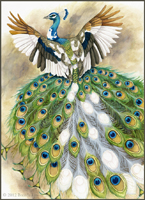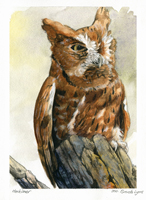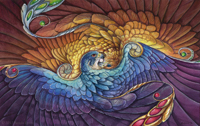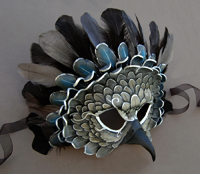
There are 5 categories (technically 10, but each category has a digital painting and digital sculpture category within it). The one I chose after doing a few sketches was "Mother's Love." The first set of sketches show ideas in other categories, such as 'portrait' and 'predator and prey.'
Thinking about what a 'mother's love' is in the animal kingdom truly is about protection. Most humans have the luxury of protection by the law and society's standards, but in nature, the only law is that of survival.
The peregrine falcon is truly a remarkable creature. It is the fastest creature on the planet, yet is relatively small compared to other raptors. Young falcons are especially at risk of predation by larger raptors, particularly by golden eagles. Despite the size difference, parent falcons have been known to attack and kill golden eagles in defense of their young.

In this drawing I am trying to capture the fierce protection of the mother. Leaving the chicks to fly is risky, but the falcon's strength is in the sky...and all she needs is a bit of height and the advantage is hers.














